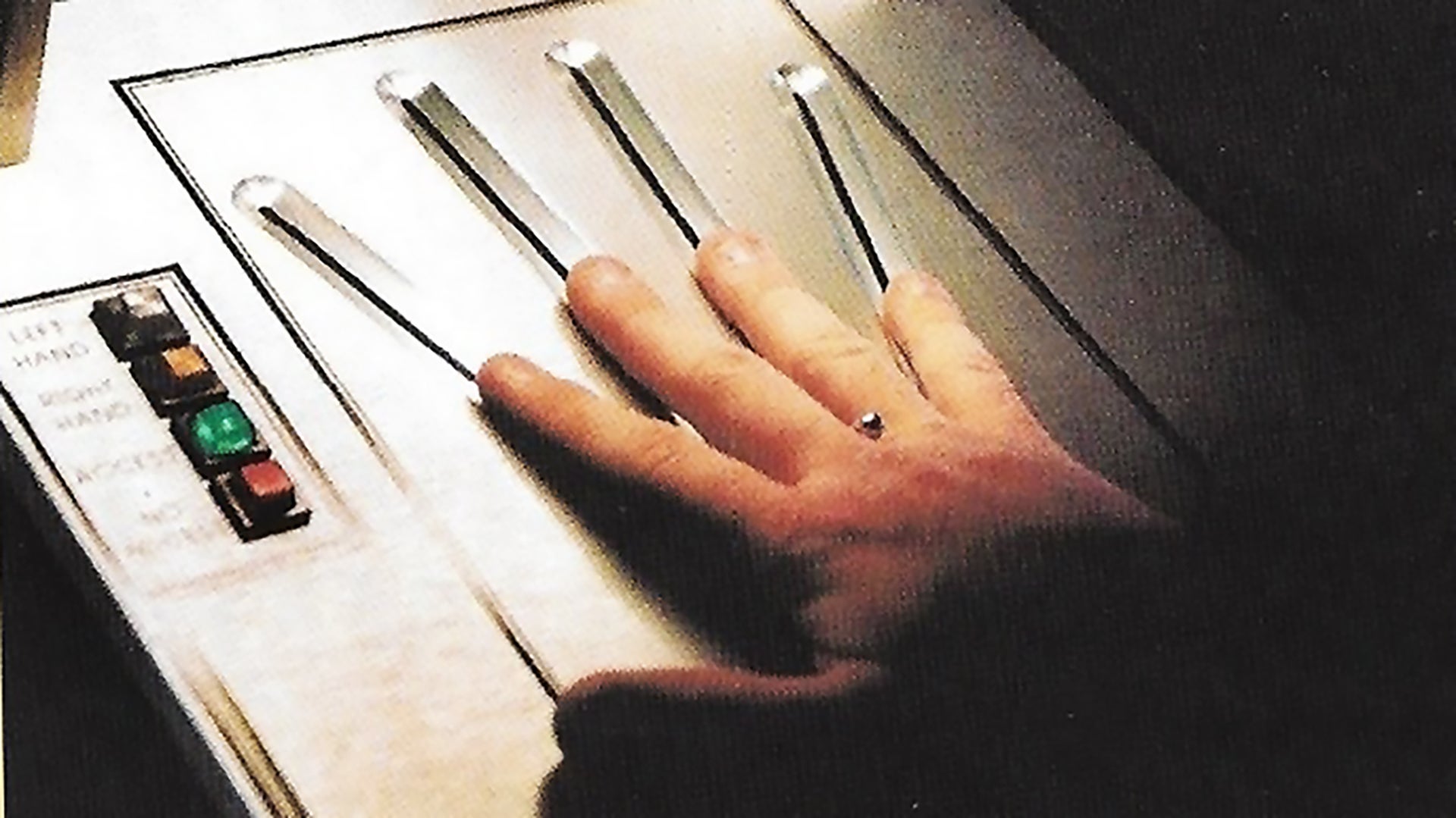Even though its roots date back to the 1970s, the F-117 Nighthawk stealth attack jet program still seems like something out of a science fiction. From the early test flights of its Have Blue progenitor, to everything from the program’s “Klingon Cloaking Device,” to its “Toxic Death” paint scheme, to puzzling components of the aircraft that are still coming to light, to the unique the role it played in cross-Atlantic executive relations, it seems the smaller stories related to the program can be just as interesting as the big ones. This is especially true if those stories have to do with nearly a decade of flying under highly classified restrictions deep in the Nevada desert at Tonopah Test Range Airport.

As “vampire life” was in full swing during the most deeply classified period of the program (read all about it here), with the remote base coming alive at night to launch and recover “Black Jets” that officially didn’t exist, a slew of security measures were put into place to make sure that shroud over the F-117 wouldn’t be lifted prematurely. Even the base’s runway had gates that would only allow access to the taxiway when the aircraft was approved to do so.

With the Pentagon’s generous “black budget” of the Reagan years, new technology was brought to bear in an attempt to enhance security surrounding highly sensitive programs. One piece of equipment that looked like it was ripped right out of a 1980s sci-fi action adventure movie in particular was an early form of biometric scanner called the Identimat built by Stellar Systems.
These hand scanners, which were installed at the F-117’s clandestine home near Tonapah were indeed ambitious for their time, but just because they looked super futuristic didn’t mean they worked well.
The system worked by reading the length and curvature of one’s fingers and finger webbing via a series of photocells installed in grooves over which a person’s hand was placed. A pin stuck up between the middle and ring fingers to center a user’s hand perfectly along the groves. A bright 1,000 watt overhead lamp shined on the persons hand form above and the system would compare the geometry of the user’s hands with the data stored on file.

Four lights could illuminate on the scanner enclosure, one being to prompt a right hand scan, another to prompt a left hand scan, and one for access granted/pass and another for no access/fail. Programmers could set the system’s “bias” very high to make it more reliable, or very low to make it much more discriminating—letting fewer unintended individuals through—but also resulting in far more scanning errors.
The system worked in tandem with a personal identification number as well a card that interfaced with a magnetic stripe reader that was activated while the person’s hand was on the scanner. A user got two or three tries at each hand, and if the dimensions matched within a narrow margin of error the individual passed and was admitted to a secured area. If the person failed, a security officer would have to identify them personally and then reprogram the machine so that it would work in the future. Having to scan one’s left hand was a pain because the scanners were located on the right side of a turnstyle/control line.

The reality was that the elaborate system worked pretty damn poorly and seemed to have a mind of its own as to when it wanted to approve a scan or not. This resulted in major logjams of personnel trying to get to their posts at very particular times—frustrating to say the least. The scanners were especially troublesome for the F-117 program’s Materials Application Repair Section (M.A.R.S.) personnel, better known as “Martians,” who labored tirelessly to keep the stealth jet’s radar absorbent—not to mention toxic—skin in perfect order. Cuts, contusions, blisters, and broken digits were very common among them, making getting past the Identimat a futile proposition at times.

Apparently versions of the Identimat also outfitted some high-security nuclear facilities as well, some of which were located (and still are) not that far from Tonopah, namely the Department of Energy’s sprawling National Test Site to the south, buried within the Nevada Test and Training Range.
Supposedly the Identimat system began development in the late 1960s and was shown off in the 1970s. By the time it was being adopted and even tested for civilian applications in the 1980s, more capable image-sensing biometric technology was emerging. And above all else, the system was unreliable and just a major pain to operate. By 1987 the product was pulled from the market and the scanners disappeared from highly sensitive sites, including Tonopah Test Range Airport, not long after.
One can only wonder how much someone made selling this stinker to the Pentagon back then, especially in an age of $37 screws and $640 toilet seats. Regardless, the Identimat is yet another facet of a real life top secret aircraft program that continues to prove that the science fiction dreams of the 1980s were reality out in the middle of the southern Nevada desert.

Contact the author: Tyler@thedrive.com
